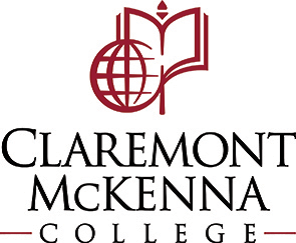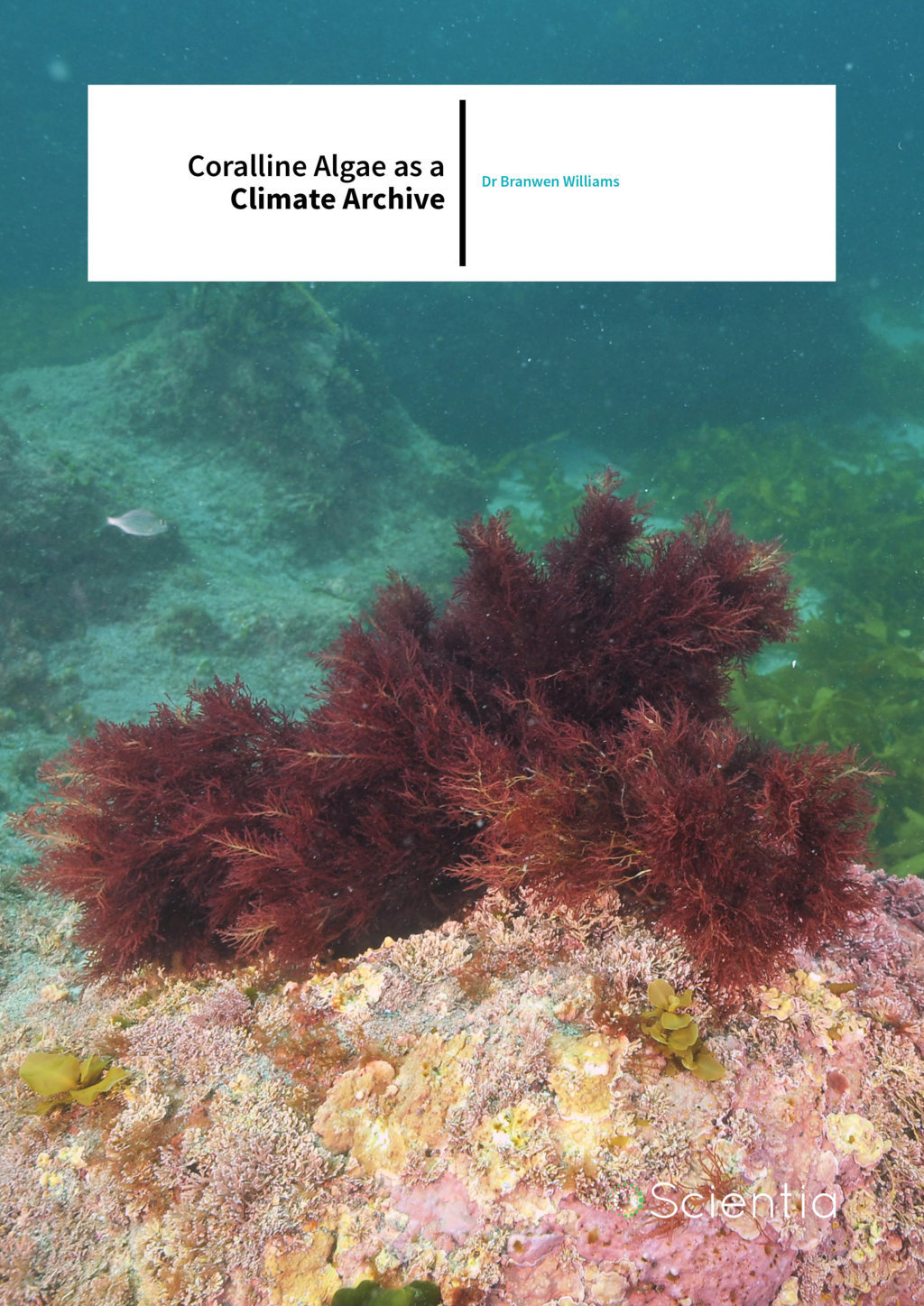Dr Branwen Williams – Coralline Algae as a Climate Archive
The unique structure and anatomy of a coralline red algae found in the Arctic-Subarctic makes them useful markers, or ‘proxies’ of past climate and environment. Known as Clathromorphum, these encrusting algae can live up to 850 years and form thick crusts of layers. Contained within their growth layers are geochemical traces of the ocean’s characteristics, including temperature, pH, and salinity. Dr Branwen Williams of the Claremont Colleges in California is studying these valuable climate archives to investigate the relationships between their chemical composition and ocean conditions.
Why Encrusting Coralline Algae?
Many people snorkelling in the sea or clambering over tide pools have probably seen bright pink or red blotches on rocks and corals, but have no idea what they are. These blotches are in fact a type of seaweed known as coralline red algae. Biologists also describe them as ‘encrusting’, since they grow by excreting calcium carbonate and slowly spread over rocks and even animals. As it turns out, these crustose algae are so widespread that they cover more area in the shallow ocean than any other algae.
Over 1,500 species of coralline algae exist, but it’s the cold-water varieties that intrigue Dr Branwen Williams. Dr Williams, a geologist at the Claremont McKenna-Pitzer-Scripps Colleges in California, thinks that these algal life forms are recording climate change as we speak.
‘Some marine organisms document their ambient environment in the properties of their skeleton,’ Dr Williams explains. In particular, she says, coralline red algae found in high latitudes have certain anatomical features that make them better at archiving past conditions in the ocean than others. ‘For example, some algae capture ambient seawater temperature in the chemical composition of their skeleton. These same algae form visible layers each year in their skeleton so that we identify when that skeleton was formed,’ she says.
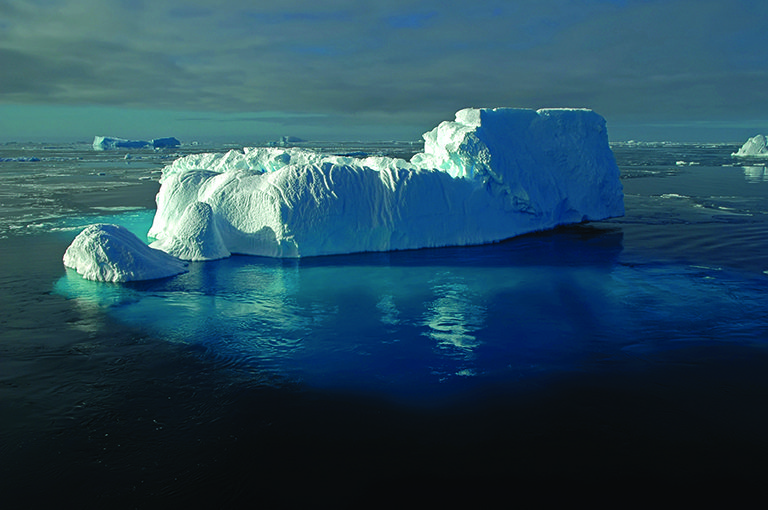
‘My work uses measurements of the skeletons of marine organisms to create records of ocean characteristics, such as a temperature or carbon chemistry. These records help us to understand how humans are changing our oceans.’
So, what makes cold-water coralline algae such a good archive of climate? In a sweeping study that involved analysing thousands of specimens collected along Arctic and Subarctic coastlines, scientists including Dr Williams set out to explain why.
Setting the Record Straight on Clathromorphum
In the past, coralline algae have gotten a bad rap. Some scientists have associated their presence with habitat that’s been degraded by overfishing. The areas where they grow have even been referred to as ‘coralline, sea-urchin barrens’. But Dr Williams and her colleagues dispel the notion that these algae beds are so desolate of life. They describe how dense and porous layers of coralline algae – some up to 50 cm in thickness – harbour hundreds of tiny invertebrates, much like coral reefs. They found over 700 critters such as brittle stars and chitons in one small (<1 m²) sample alone.
They defend this humble species in a 2013 report spearheaded by Dr Walter H. Adey, a scientist and curator at the Smithsonian Institution in Washington, DC. Dr Adey teamed up with both Dr Williams and another geologist, Dr Jochen Halfar of the University of Toronto, to produce the definitive report on a special genus of Arctic-Subarctic coralline algae called Clathromorphum.
In their 46-page report for the Smithsonian, the researchers set out to fully describe the biology, physiology and ecology of this group of algae. Their principle motivation was to highlight its significance as a chronicle of climate and environment.
One reason these encrusting algae record the paleoenvironment so well is that they live long enough to grow and develop thick layers. In their report, the team describe frequently finding 100–300-year-old specimens and others up to 850 years old in Alaska’s Aleutian Sea. As they grow, the coralline algae form a natural pavement of layers called ‘cor-strome’, which can reach thicknesses of 50 cm.
Much like tree rings, their layers reveal both their age and clues of the past. Seawater temperature controls their growth rates and the amount of sunlight (and hence, ice cover) affects how dense they become – both reflected in their skeletons. Furthermore, traces traces of seawater chemistry are permanently trapped in their growth layers.
In their study, the scientists focused on two species, Clathromorphum compactum and C. nereostratum, because of their wide distribution and unique anatomy. For one, the tough outer layer of Clathromorphum protects them against grazing animals, such as limpets and chitons. These invertebrates aren’t able to inflict the same damage as they can on other algae. As such, these climate archives are left relatively undisturbed and intact for centuries.
Finally, the layers of their thick skeletons contain calcite crystals. These crystals preserve the physical and geochemical nature of the ocean during their formation. For example, the 2013 Smithsonian reports that magnesium and barium are known markers, or ‘proxies’, for ocean temperature and salinity.
As it turns out, other markers found in their growth layers are chemical isotopes, a feature that greatly interests Dr Williams.
Oxygen Isotope as a Temperature Proxy
Much of Dr Williams’ research today focuses on isotopes found in coralline algae, and how they relate to historical ocean conditions. She believes that understanding the past will increase our understanding of future climate change, especially that caused by humans.
‘To learn about the human influence, termed anthropogenic, we need to have data of ocean characteristics so that we can document changes,’ she explains. ‘Such data are missing in many places, particularly in remote locations and back in time before people had thermometers or other instruments to measure the seawater characteristics.’
Recently, Dr Williams and her research group have been looking at oxygen isotopes (δ¹⁸O) found in Clathromorphum to see what clues they reveal. Similar to magnesium and barium, oxygen isotopes might reflect what seawater conditions were like during the time the algae formed its growth layer.
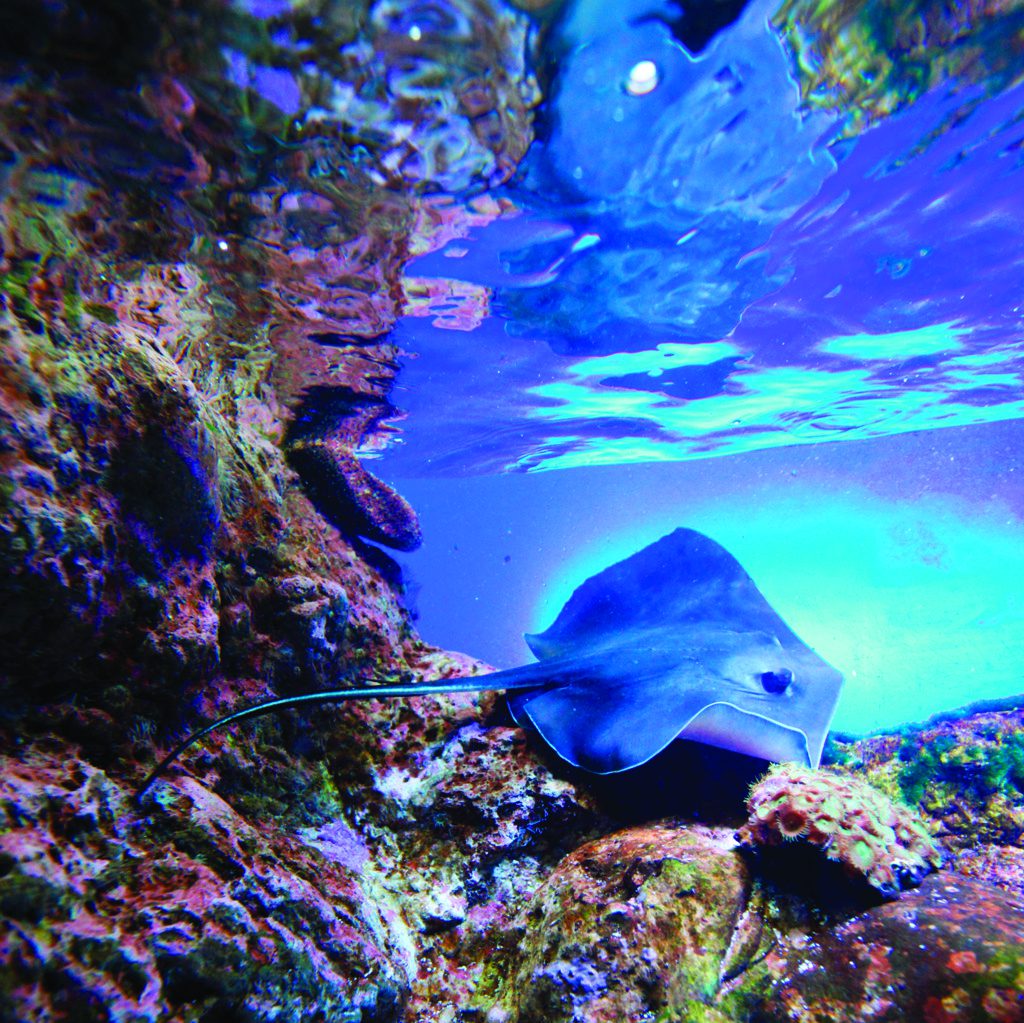
Dr Williams reckoned that the amount of oxygen isotopes would reflect changes in either the ocean temperature or salinity. For example, rainfall or melting ice lowers the ocean’s salinity and oxygen isotope composition. This in turn, might change concentrations of oxygen isotopes in the coralline algae.
She wanted to know whether ocean salinity or temperature was leaving a bigger mark in the chemistry of the growth layers. She and her colleagues from various institutions including Boston University and Scripps Institute of Oceanography analysed several specimens of Clathromorphum ranging from the Alaskan Aleutian Islands to the Gulf of Maine. After determining their ages, they compared their δ¹⁸O concentrations to known ocean temperatures and salinity from the same time. They found that oxygen isotopes more closely matched changes in ocean temperature.
The researchers presented their findings at the fall American Geological Union meeting. They found that oxygen isotopes found in coralline algae may be a good climate archive for sea surface temperatures. The next step in developing the proxy system model is to test if algal growths also impact oxygen composition.
Do Boron Isotopes Record Ocean Acidification?
Now, Dr Williams and her team are chasing boron isotopes in their search for another climate archive, in this case, ocean acidification.
Since the beginning of the Anthropocene – our current geological age that started with the Industrial Revolution in the early 1800s – humans have emitted tons of carbon dioxide into the atmosphere. Oceans have mitigated in some way by absorbing around one third of this carbon dioxide, but not without consequences on their overall chemistry and health.
When seawater absorbs carbon dioxide, carbonic acid is formed. This chemical reaction lowers the pH. The formation of carbonic acid also depletes carbonate ions, which directly affects marine life. Animals such as shrimp and corals need carbonate ions to grow shells, just as coralline algae rely on them to accrete calcite and form crusts.
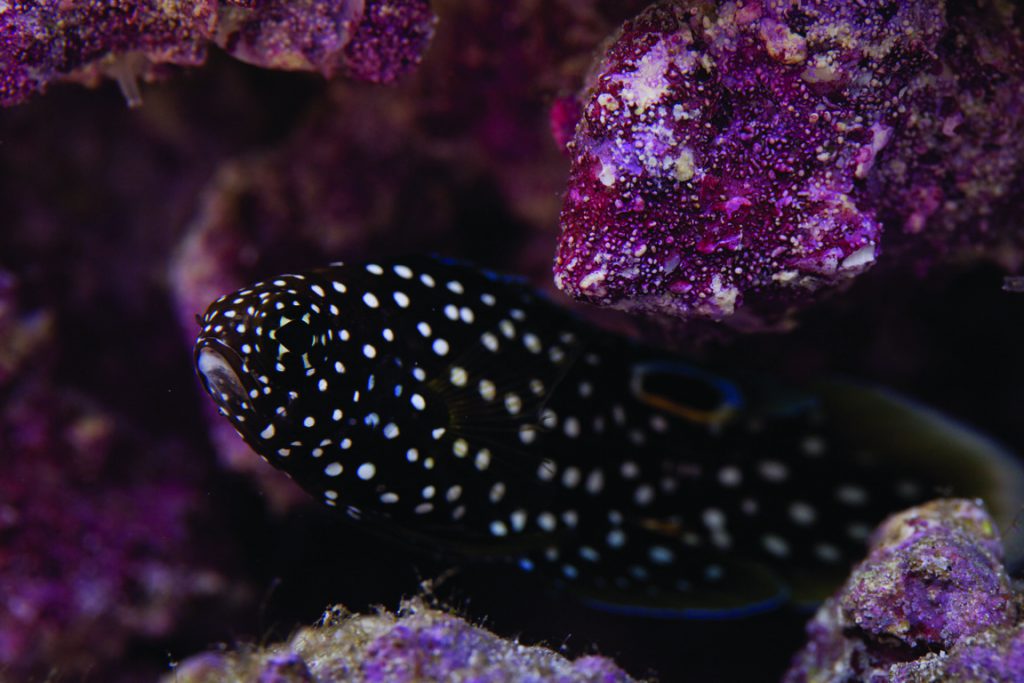
This process, known as biological calcification, slows down without carbonate ions. Colder water absorbs carbon dioxide more readily than warmer water, making Dr William’s study sites in the Arctic more vulnerable to ocean acidification.
Since the Anthropocene begun, the pH of the global oceans has decreased from 8.2 to 8.1, which will undoubtedly affect marine life. Dr Williams thinks that coralline algae might be a ‘first responder,’ or one of the first to suffer from increased acidity. However, she says little is known about changing seawater pH in their habitats.
For that reason, Dr Williams and her team are looking at how declining seawater pH in the Subarctic-Arctic might affect the growth of coralline algae. They are specifically homing in on boron isotopes (δ¹¹B). As it turns out, the ratio of boron isotopes found in the calcite skeletons of coralline algae appear to decrease with decreasing seawater pH. Because these organisms are so long-lived, the ratio of boron isotope detected in their growth layers might make an ideal proxy for seawater pH.
Finally, the nature and anatomy of coralline algae itself – in particular the Clathromorphum genus – might make it the ultimate climate archive. This is widely-distributed, long-lived and has well-defined annual growth layers.
‘We can create records of past environmental change by measuring the changes in their chemical composition,’ says Dr Williams says of her valued subject. ‘With these records, we can then start to see how our oceans change, both naturally and as a result of human activities. We can thus infer the “health” of our oceans.’
Meet the researcher

Dr Branwen Williams
Keck Science Department
Claremont McKenna-Pitzer-Scripps Colleges
Claremont, California
USA
Dr Branwen Williams is an Assistant Professor at the Claremont Colleges in California, where she teaches courses in oceanography, environmental science and climate change. She received her PhD in 2009 in Geological Sciences from Ohio State University after obtaining her MSc in Biology at the University of Quebec at Montreal in 2005. She has received funding and awards from key scientific organisations including the National Science Foundation, National Geographic and the National Oceanic and Atmospheric Administration. In 2013, Williams co-authored ‘The Coralline Genus Clathromorphum Foslie emend. Adey: Biological, Physiological and Ecological Factors Controlling Carbonate Production in an Arctic-Subarctic Climate Archive’ for the Smithsonian Institution. Recently featured in National Geographic’s Voices program, Dr Williams travels to remote places such as Nunavut, Canada and the Kiribati islands in the Pacific for her research. She has also been invited to serve as guest lecturer and panellist for several workshops relating to her studies of coralline algae and climate change.
CONTACT
E: BWilliams@kecksci.claremont.edu
T: (+1) 909 607 8017
W: https://sites.google.com/site/branwenw/home
KEY COLLABORATORS
Walter Adey, Smithsonian Institution
Jochen Halfar, University of Toronto Mississauga
Diane Thompson, Boston University
Jessica Ng, Scripps Institute of Oceanography
Justin Ries, Northeastern University
Eleni Anagnostou, ETH Zurich
FUNDING
NSF
National Geographic
NOAA
REFERENCES
J Ng, B Williams, D Thompson and J Halfar, Developing a forward model of encrusting coralline algae, Geochimica et Cosmochimica Acta, 2016, 194, 279–290.
B Williams, J Halfar, K DeLong, S Hetzinger, RS Steneck and JE Jacob, Multi-specimen and multi-site calibration of Aleutian coralline algae Mg/Ca to climate signals, Geochimica et Cosmochimica Acta, 2014, 139, 190–20.
W Adey, J Halfar and B Williams, Biological, physiological and ecological factors controlling clathrostrome formation and producing a precision Arctic/Subarctic marine climate archive: the calcified coralline genus Clathromorphum Foslie, Smithsonian Institution Contributions to the Marine Sciences, 2013, 40, 1–40.
B Hönisch, A Ridgwell, DN Schmidt, E Thomas, SJ Gibbs, A Sluijs, R Zeebe, L Kump, R Martindale, S Greene, W Kiessling, J Ries, J Zachos, D Royer, S Barker, TM Marchitto Jr, R Moyer, C Pelejero, P Ziveri, GL Foster and B Williams, The geological record of ocean acidification, Science, 2012, 335, 1058–1063.
B Williams, J Halfar, RS Steneck, UG Wortmann, S Hetzinger, W Adey, P Lebednik and M Joachimski, Twentieth century δ13C variability in surface water dissolved inorganic carbon recorded by coralline algae in the northern North Pacific Ocean and the Bering Sea, Biogeosciences, 2011, 8, 165–174.
